An intoxicating Whitney Biennial bets big on abstraction, identity and super-sharp video
In the planning stage since 2019, when the world was a very different place, the 80th Whitney Biennial will run until 6 September 2022
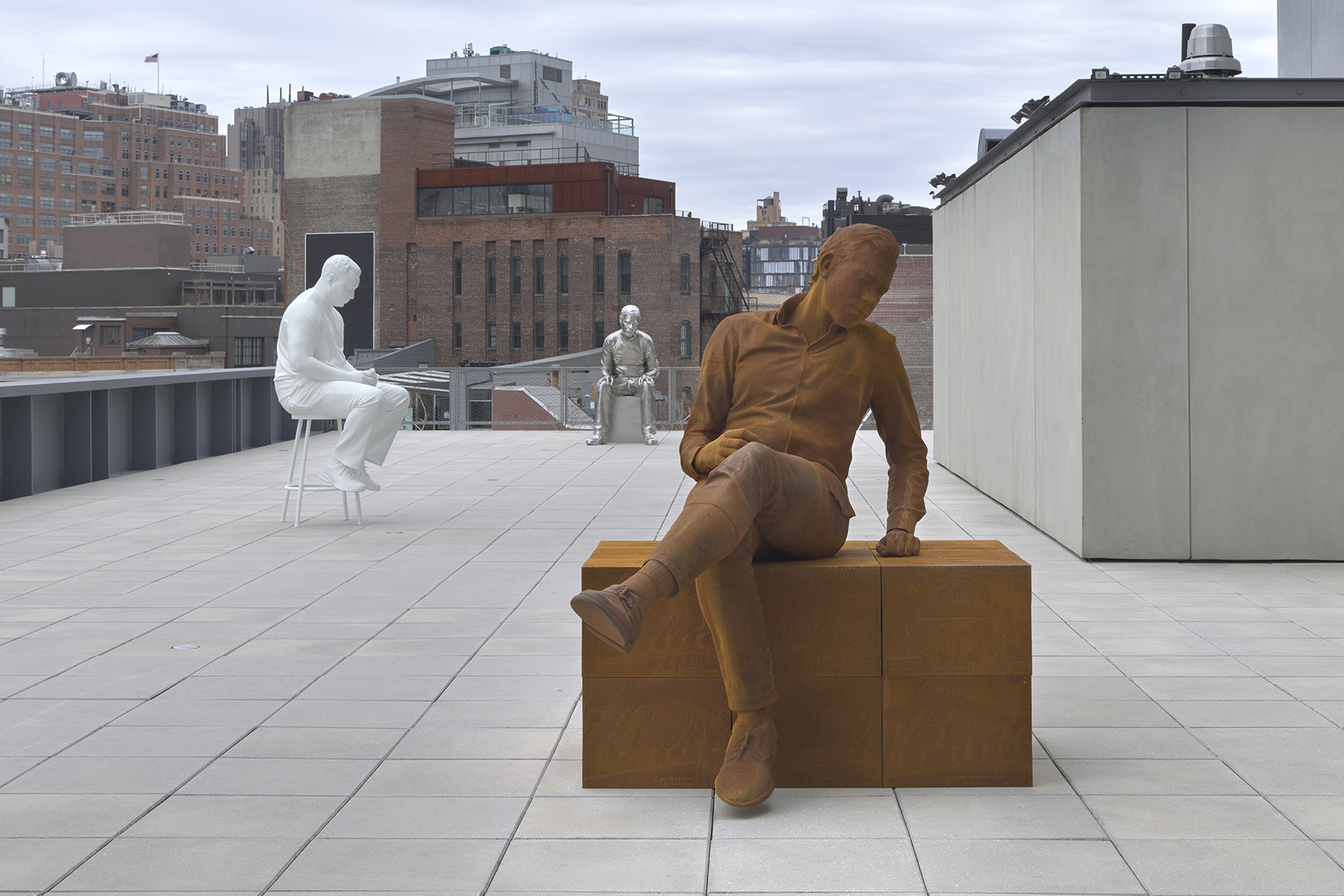
The picking, planning and prep work for the 80th Whitney Biennial started back in 2019, in the ‘before times’. Before the Covid-19 pandemic took hold and before the murder of George Floyd by an on-duty police officer. And it returns with a land war in Europe being fought on the streets and on social media, a Twitter storm of blood and dust. Disorientation is now run of the mill. And if you're looking for order or solace, a clamorous group survey of contemporary American art is not the place to find it. Nor should it be.
Curated by the Whitney's David Breslin and Adrienne Edwards, and featuring the work of 63 deliberately diverse artists – mostly emerging, a handful established and a few dead – the latest biennial is tagged ‘Quiet as it’s Kept’, a title taken from a 1960s album by jazz drummer Max Roach, and a phrase picked up by Toni Morrison. It suggests the telling of stories previously hidden or repressed, though evidence of the pandemic and the Black Lives Matter movement is limited. (The curators insist, though, that the relationships and dealings with their chosen artists, started IRL, deepened on Zoom as they were engulfed by threat and calamity.) There is also little that addresses the climate crisis. The politics here – explicit and abstracted – are mostly of identity and belonging.
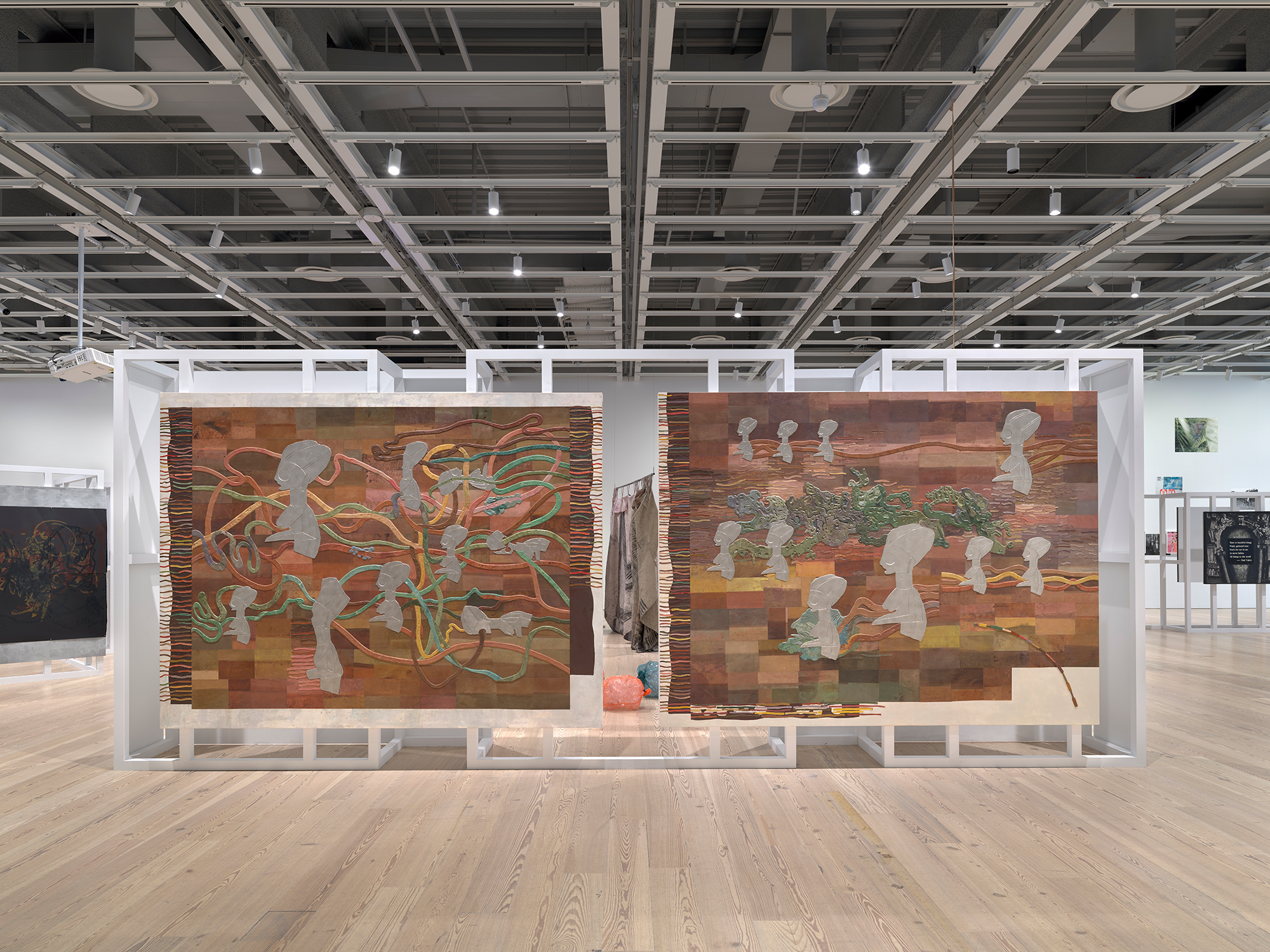
Ellen Gallagher, Ecstatic Draught of Fishes, 2022. Oil, pigment, palladium leaf, and paper on canvas, 89 3/4 × 118 1/8 in. (248 × 300 cm)
The staging, though, does speak loudly of its moment. The show is set over two floors of the gallery, the lower floor flooded with light, pattern, colour, texture, textiles, or what might be textiles. There are no internal walls, just ‘provisional structures’. It feels at once composed and strewn with an improvised rhythm, about cumulative effect as much as one-on-one quiet contemplation.
The curators say they have not organised the show in themes but followed a series of ‘hunches’, and the hunch here favours the abstract and conceptual, and a variety of forms. Edwards says the show is about the state of contemporary art-making in America and there is no sign of the figurative fightback here, as much as the commercial galleries might be pushing for one. There is though sculpture, hangings, banners, readymades, photography, beadwork and the ‘crafted’, as well as images generated by gaming tech, and many of the artists’ represented work in multiple forms.
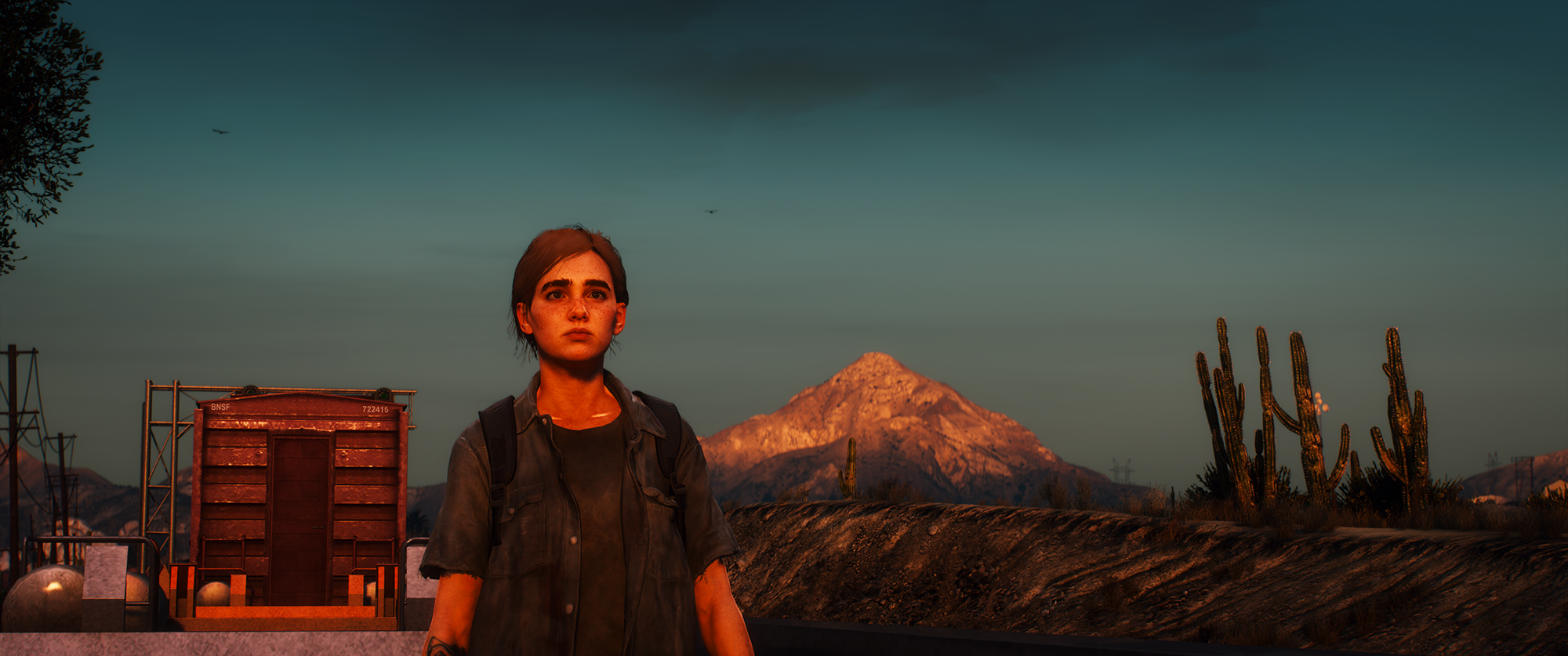
Jacky Connolly, still from Descent into Hell, 2021. Multichannel HD video, colour, sound; 33:57 min. Courtesy the artist.
Duane Linklater’s hanging tepee covers somehow anchor the space and set the tone, while Alejandro Morales’ Juárez, a series of hanging magnifying keychains, each containing a slide of the artist’s hometown of Ciudad Juárez, is the closest the show gets to playful.
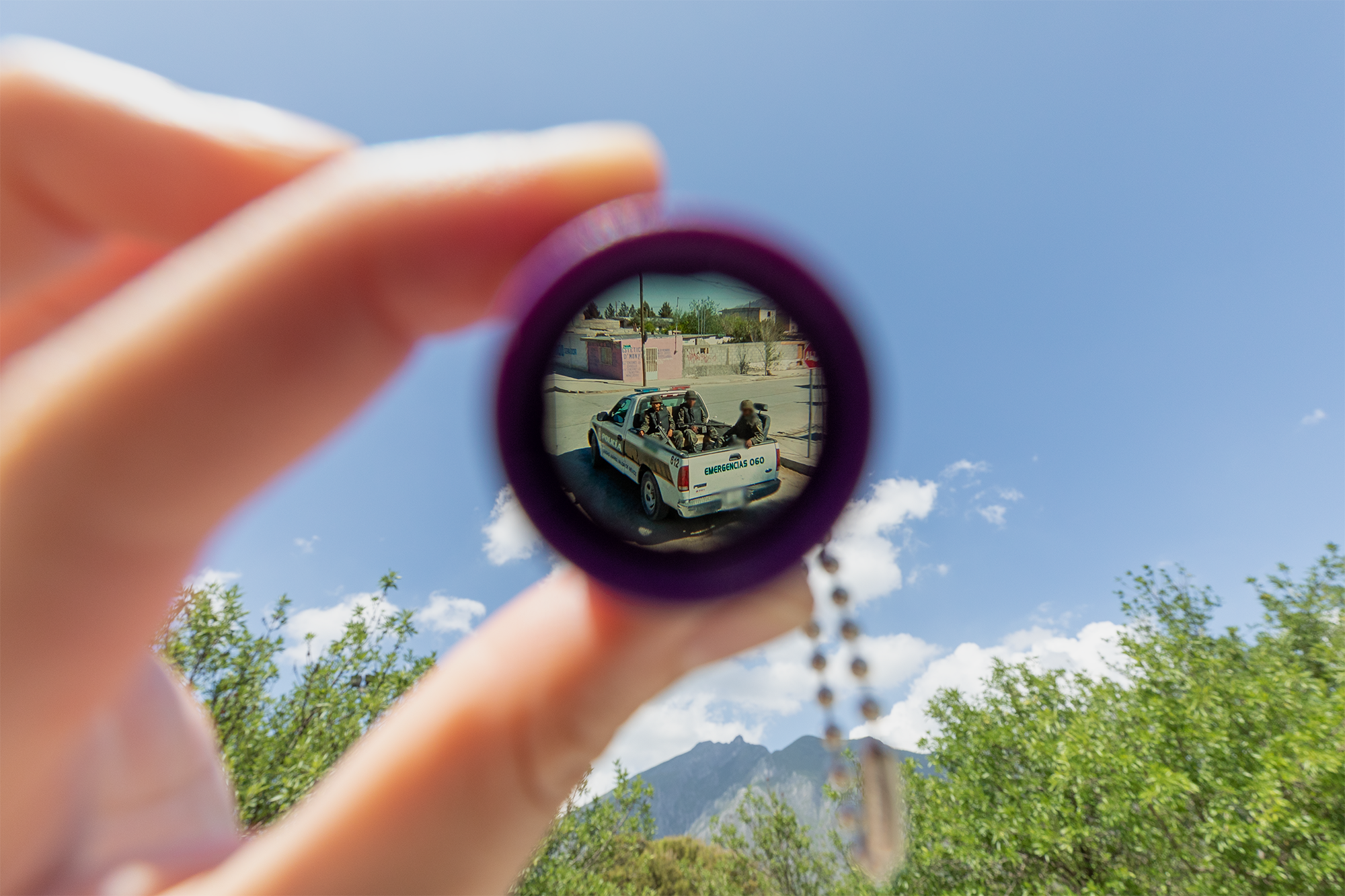
Alejandro ‘Luperca’ Morales, Juárez Archive (7512 Maravillas Street), 2020–. Novelty magnifying keychain containing 35mm slide, 2 5/16 × 1 1/2 × 1 3/8 in. (5.9 × 3.8 × 3.5 cm) each. Image courtesy the artist. Photograph by Michelle Lartigue
There are stories here, even if they take a bit of digging and background checks to unearth. Kitchen, as the name suggests, is a translucent kitchen with counters set 5ft 9in above the ground, the average height of the American man. It has a touch of the Do Ho Suhs about it but it is also an arresting commentary on disability as a design problem. The artist, Emily Barker, uses a wheelchair. Sable Elyse Smith’s A Clockwork, meanwhile, is a miniature Ferris wheel or a giant desk toy for Darth Vader, wheeling blackened prison furniture.

Emily Barker, Kitchen, 2019. PET plastic, 15 × 15 × 15 ft. (4.6 × 4.6 × 4.6 m). Collection of the artist; image courtesy the artist and Murmurs, Los Angeles. Photograph by Josh Schaedel
A floor up is a deathly black, Vader-friendly labyrinth of mostly darkened rooms, mostly housing video art – video’s centre-staging is another curatorial hunch – much of it almost straight ahead documentary. The contrast with the air and light of the room below suggests polarisation perhaps, or wild collective mood swings from optimism to despair.
Receive our daily digest of inspiration, escapism and design stories from around the world direct to your inbox.
A standout is In Your Eyes Will Be an Empty World by the Cuban-American artist Coco Fusco. The piece is mostly drone footage of Hart Island, New York City’s ‘potter's field’. In 2020 unclaimed Covid-19 victims were buried here in mass graves. From above, the island looks overgrown and abandoned, full of fallen, forlorn ruins and struggling nature. Fusco drifts around the island in a rowboat, an act of remembrance and tribute. The piece is sad, haunting, elegiac, and immediate but it also alerts you to the state of mechanical reproduction in contemporary video art. The screen is large, colours pop, definition is ultra-sharp. There is little in the way of grain or texture, pixelation or flux. It’s not a good or bad thing but it is a choice. And in this warren of screening rooms, every screen, whatever the subject matter, whatever the story being told, has that same bright, sharpness. It starts to feel like a multiplex for the non-committal, a place of constant distraction rather than sharp focus.
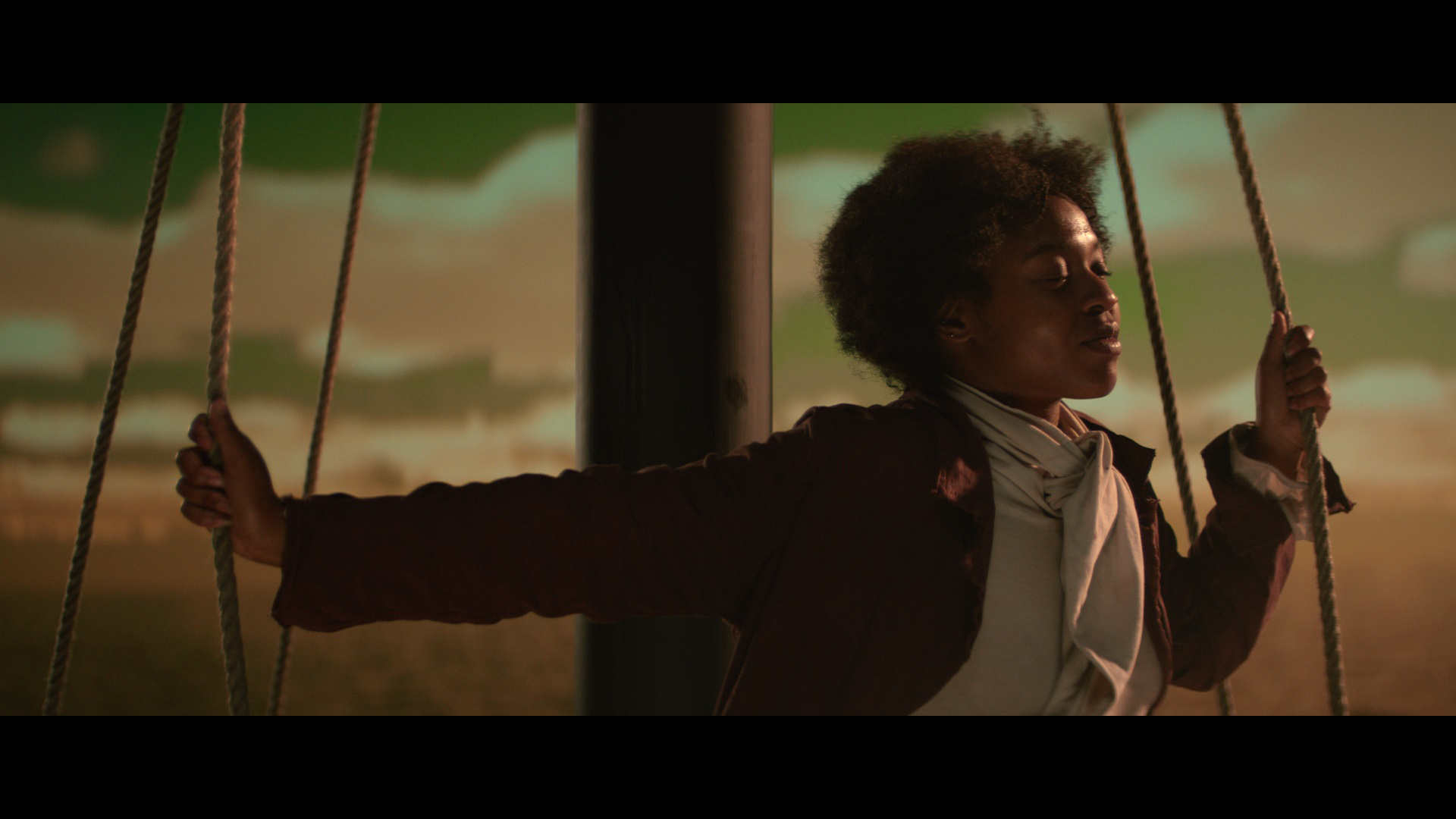
Moved by the Motion, still from MOBY DICK; or, The Whale, 2022. Directed by Wu Tsang, Schauspielhaus. High-definition video, colour, silent, and performance.
Whitney’s biennials are pretty much guaranteed to generate controversy (the 1993 show lives in infamy). A group show of this size and ambition, the claims and choices made, are bound to rub you up the wrong way, someway or somewhere (too many zombies and post-humans for my liking). And of course, it is brain-bustingly, time-consumingly noisy and over-crowded (and that’s before the actual crowds roll in). Charles Ray’s large metal men, rusted, painted white, silver-surfer silver, benefit from their space and seclusion on the outside terrace, whatever their inner despair. It does all suggest, though, something new and different is happening, a ramshackle and earthy formal invention (there is no AR or VR here, nothing too techy or promising sense-twisting immersion). And voices and stories, previously unheard, clamouring to be told.
INFORMATION
Whitney Biennial 2022: Quiet as it’s Kept runs until 6 September, whitney.org
-
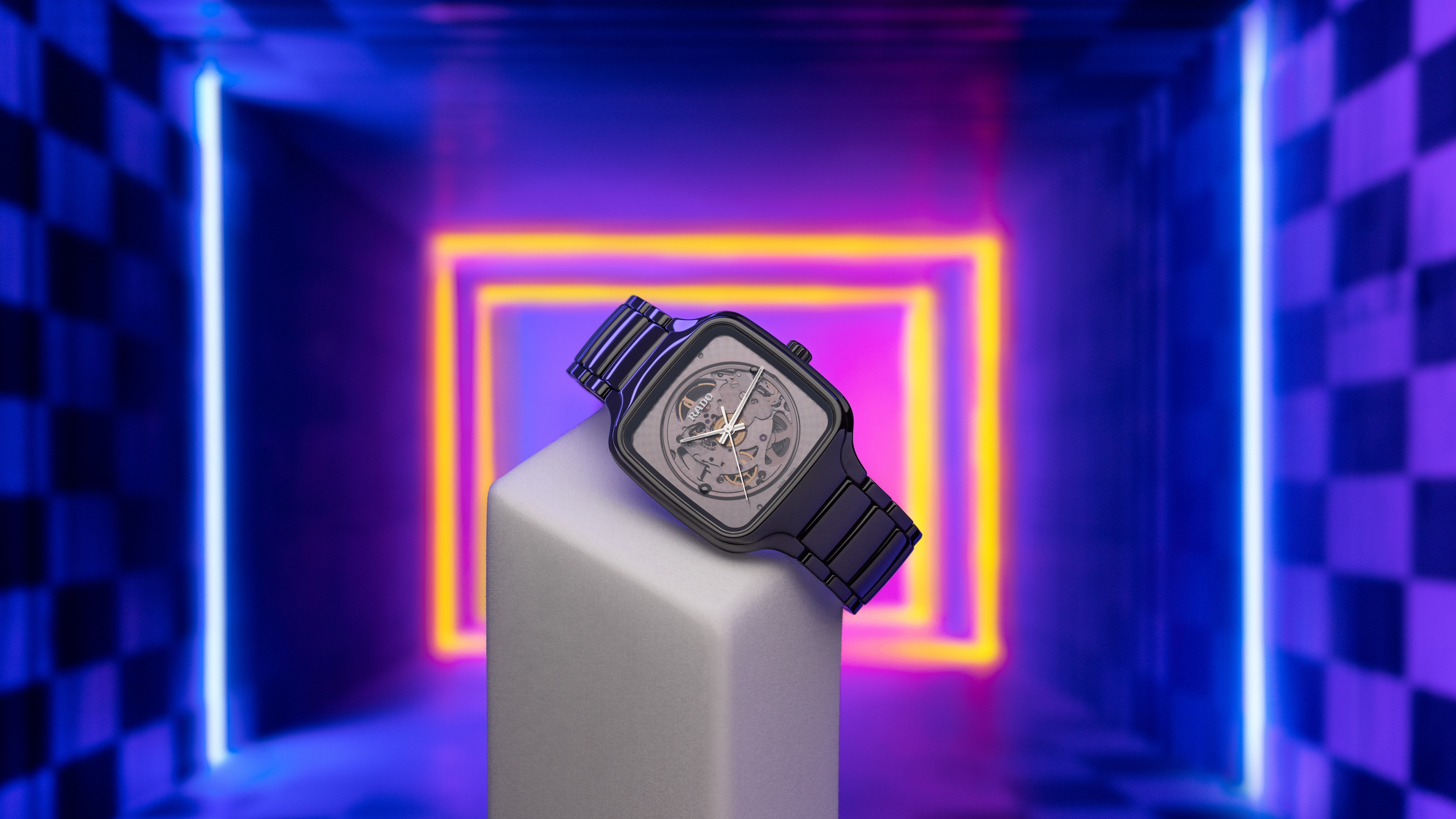 Why are the most memorable watch designers increasingly from outside the industry?
Why are the most memorable watch designers increasingly from outside the industry?Many of the most striking and influential watches of the 21st century have been designed by those outside of the industry’s mainstream. Is it only through the hiring of external designers that watch aesthetics really move on?
-
 This Fukasawa house is a contemporary take on the traditional wooden architecture of Japan
This Fukasawa house is a contemporary take on the traditional wooden architecture of JapanDesigned by MIDW, a house nestled in the south-west Tokyo district features contrasting spaces united by the calming rhythm of structural timber beams
-
 At last: a London hotel that’s great for groups and extended stays
At last: a London hotel that’s great for groups and extended staysThe July London Victoria, a new aparthotel concept just steps away from one of the city's busiest rail stations, is perfect for weekends and long-term visits alike
-
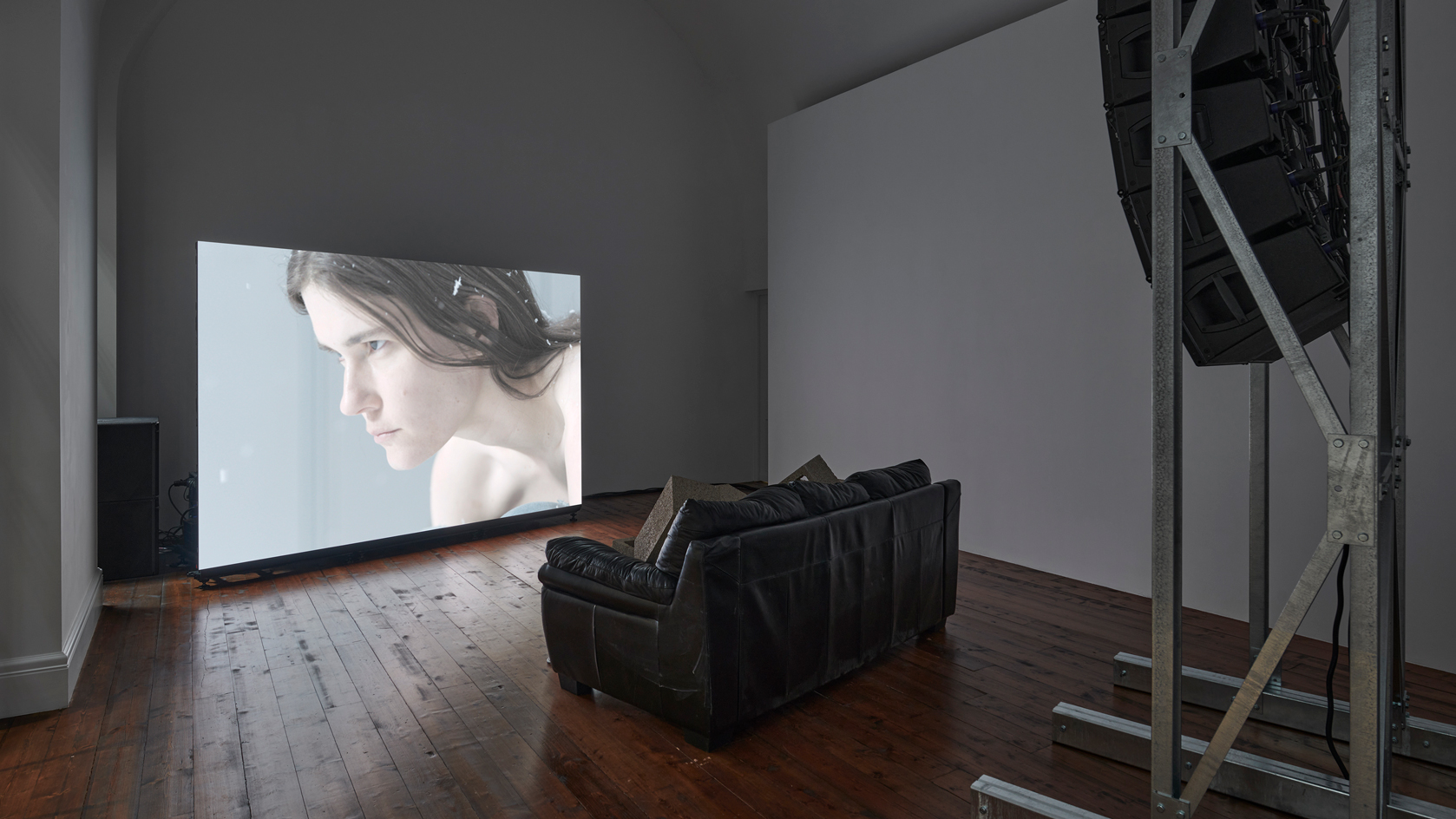 Anne Imhof ‘Avatar II’ review: a psychological thriller to make you wince and wonder
Anne Imhof ‘Avatar II’ review: a psychological thriller to make you wince and wonderGerman artist Anne Imhof’s ‘Avatar II’ exhibition at London’s Sprüth Magers is a compelling, uncanny probing of contemporary culture, reality and artifice
-
 ‘Light & Space’ at Copenhagen Contemporary: ‘moving art without moving elements’
‘Light & Space’ at Copenhagen Contemporary: ‘moving art without moving elements’On view until 4 September, epic group show ‘Light & Space’ explores the past and present of the iconic light and installation art movement. It’s physical, emotional, bodily and disorientating
-
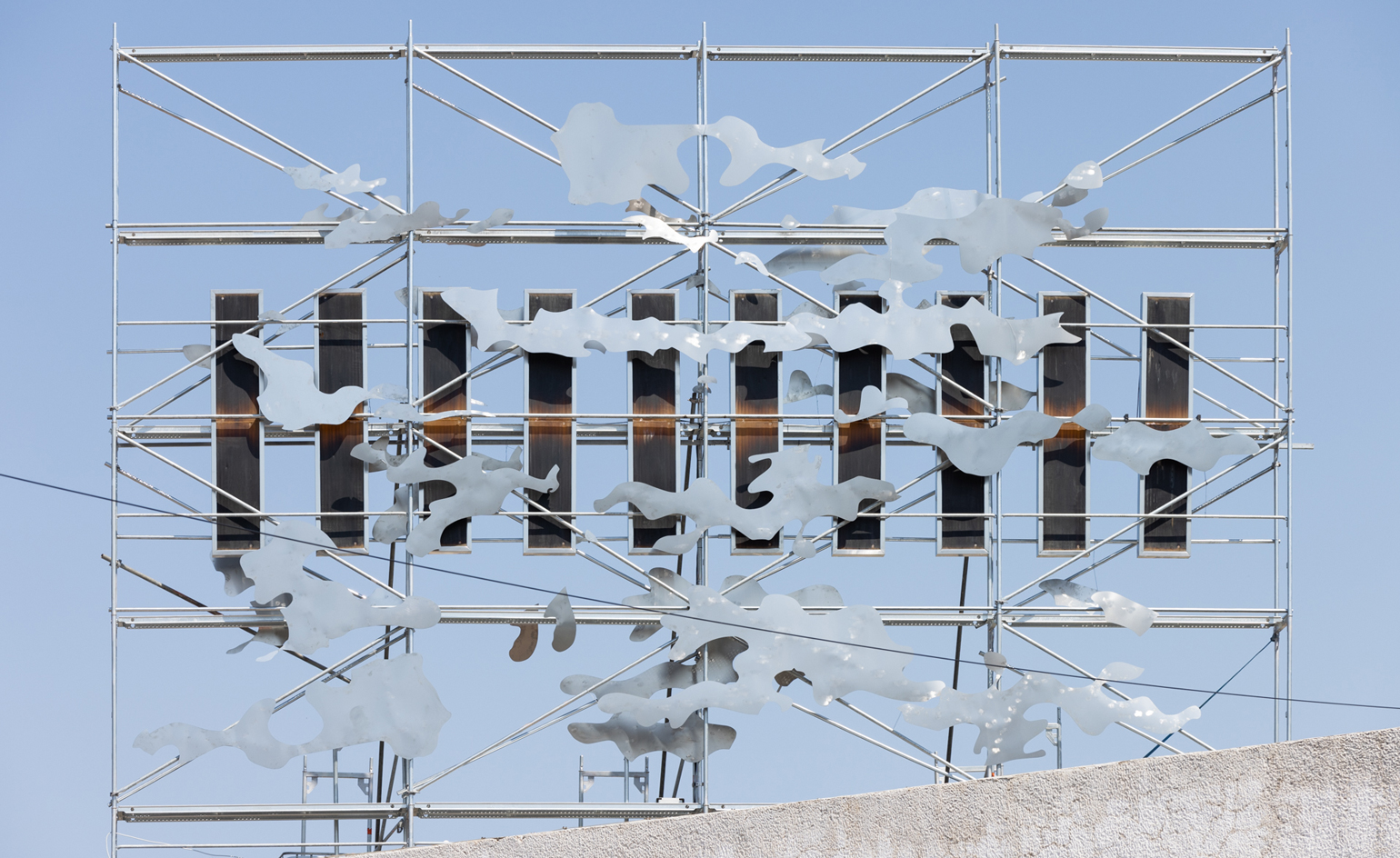 Manifesta 14: an unflinching look at Kosovo’s fraught history and ambitious future
Manifesta 14: an unflinching look at Kosovo’s fraught history and ambitious futureIn Prishtina, nomadic biennial Manifesta 14 draws on the past and future of Kosovo through ambitious art and staggering architecture
-
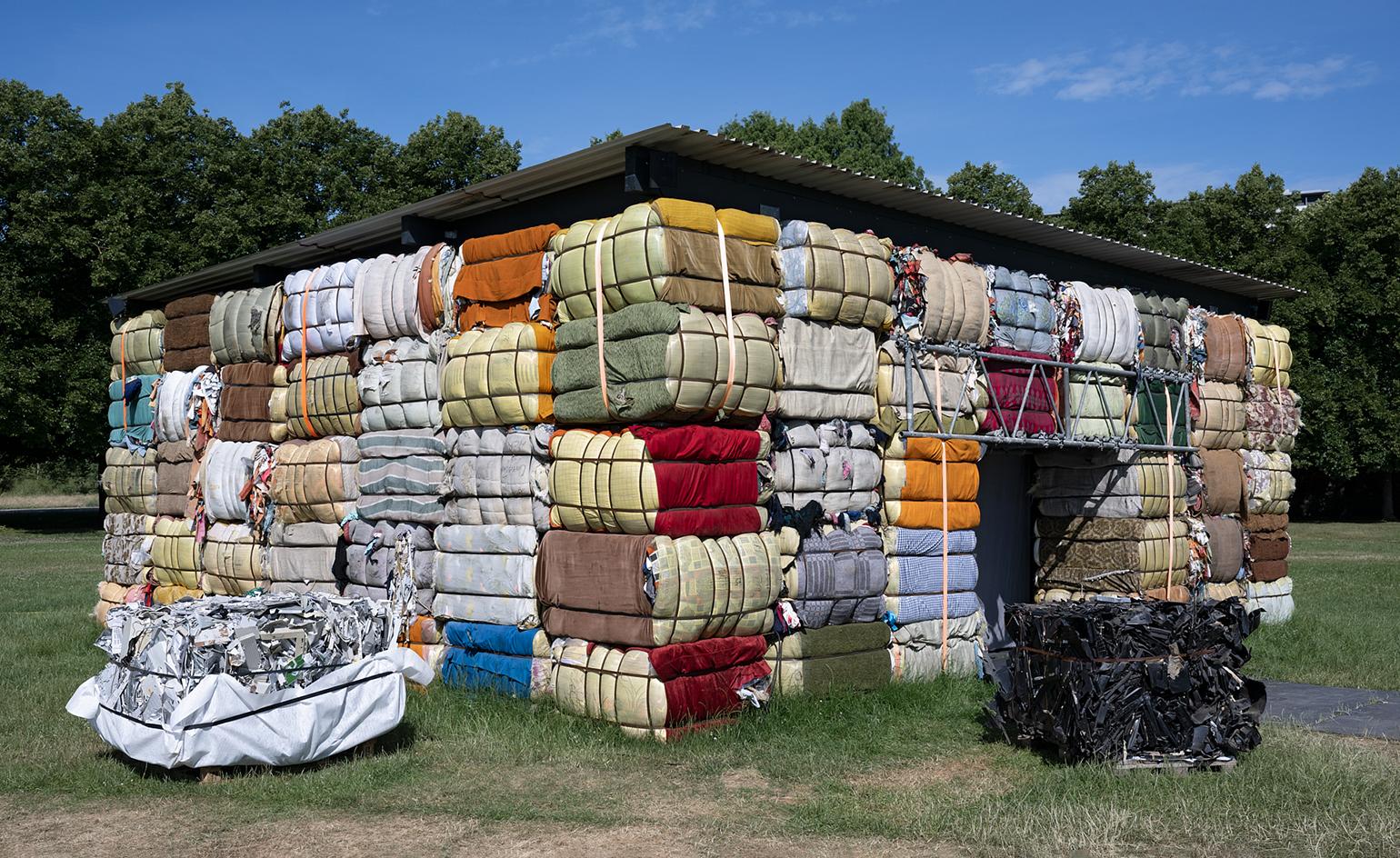 Documenta 15 review: social practice, controversy and food for thought
Documenta 15 review: social practice, controversy and food for thoughtMired in evolving controversy, Documenta 15 has raised critical questions about transparency, accountability and creative freedom. Emily McDermott travels to Kassel to explore how an edition filled with social practice art urges active participation and throws global power structures into sharp relief
-
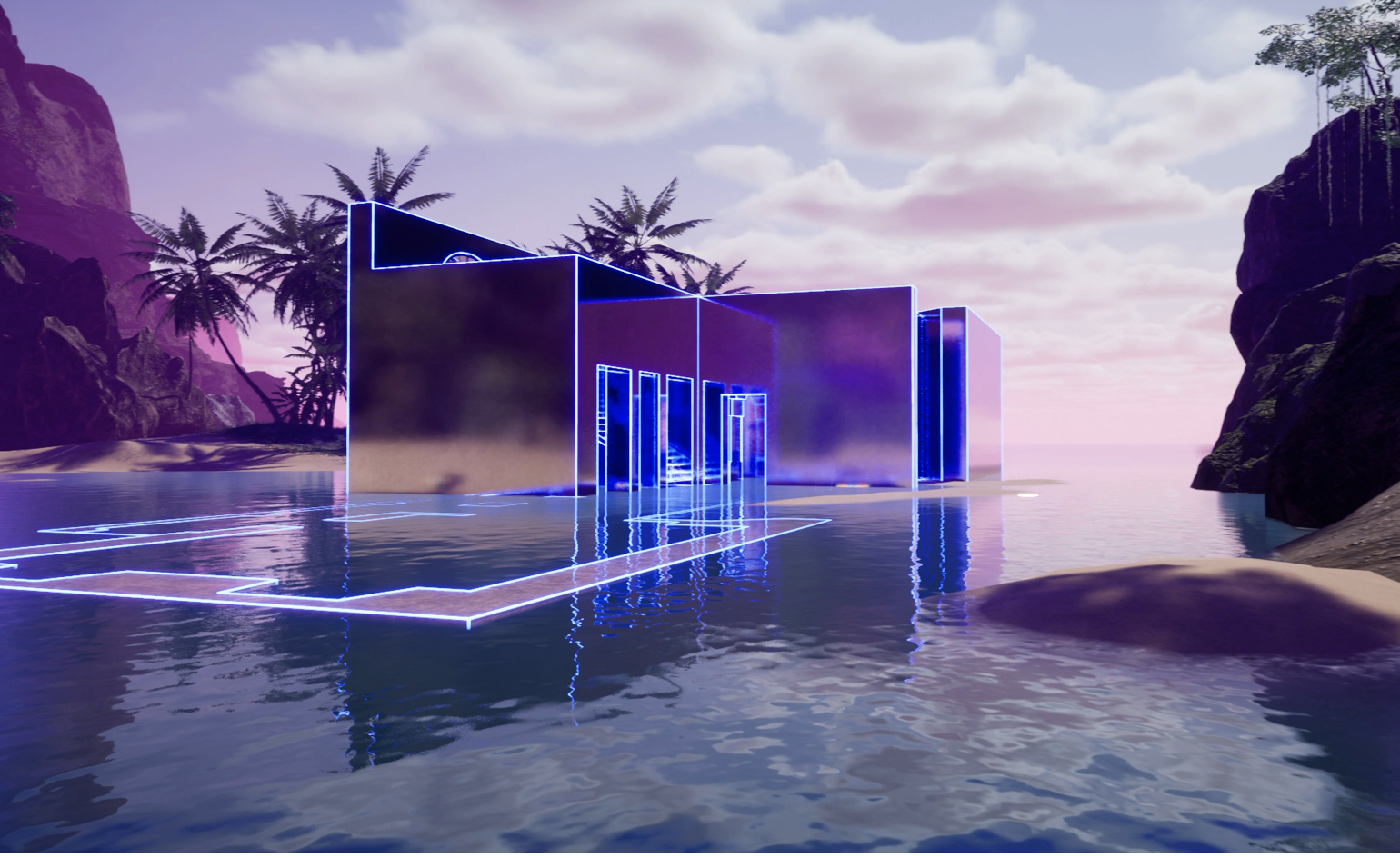 ‘Worldbuilding’ exhibition review: a trip through the uncanny valley of art and gaming
‘Worldbuilding’ exhibition review: a trip through the uncanny valley of art and gamingCurated by Hans Ulrich Obrist, ‘Worldbuilding: Gaming and Art in the Digital Age’ at the Julia Stoschek Collection, Düsseldorf, explores how artists can embrace and subvert the visual language and culture of video games
-
 Frieze New York 2022: activism, NFT action, and stellar shows around town
Frieze New York 2022: activism, NFT action, and stellar shows around townTo mark the tenth-anniversary edition of Frieze New York (18 – 22 May), we’ve compiled a guide to the most exciting happenings inside and outside The Shed
-
 Review: Larry Bell saturates senses and bends perception at Hauser & Wirth London
Review: Larry Bell saturates senses and bends perception at Hauser & Wirth LondonAt Hauser & Wirth London, iconic Light and Space artist Larry Bell is testing the limits of optical and spatial reality in new glass installations. The show coincides with the artist’s major exhibition at Dia Beacon, New York
-
 Frieze New York 2021: the highlights
Frieze New York 2021: the highlightsToday, Frieze New York throws open its doors to physical visitors at the new location of The Shed. From immersive outdoor Augmented Reality (AR) to social justice initiatives and emerging talent, here's our curated guide of what to look out for, online and offline from 5 - 9 May 2021